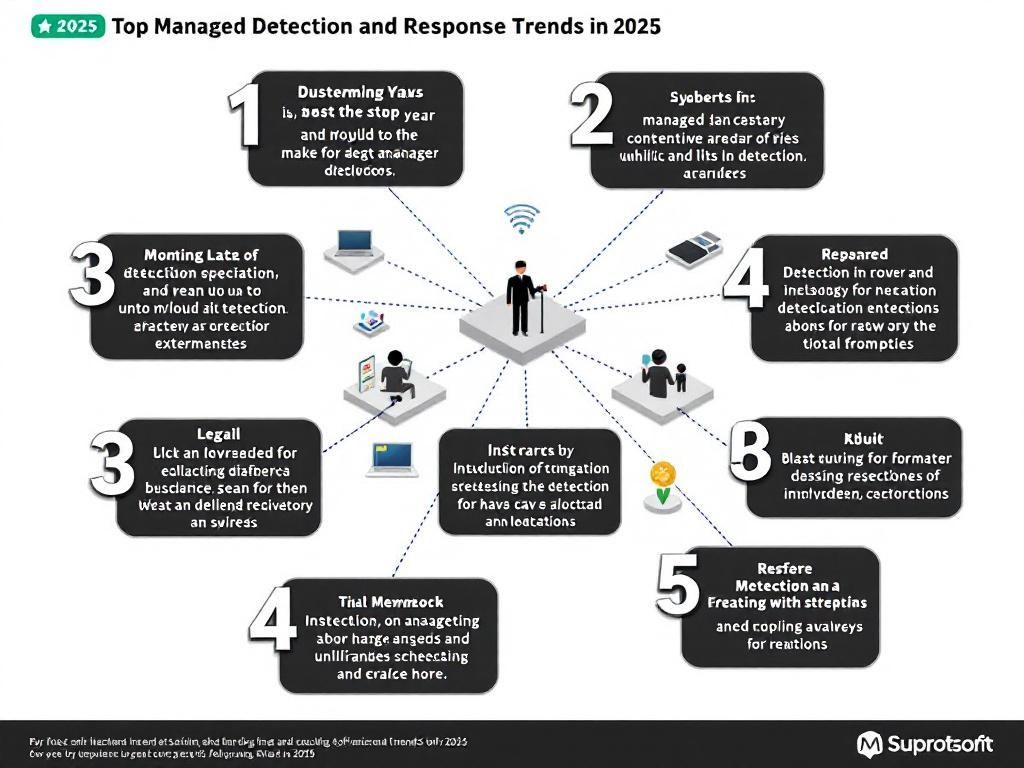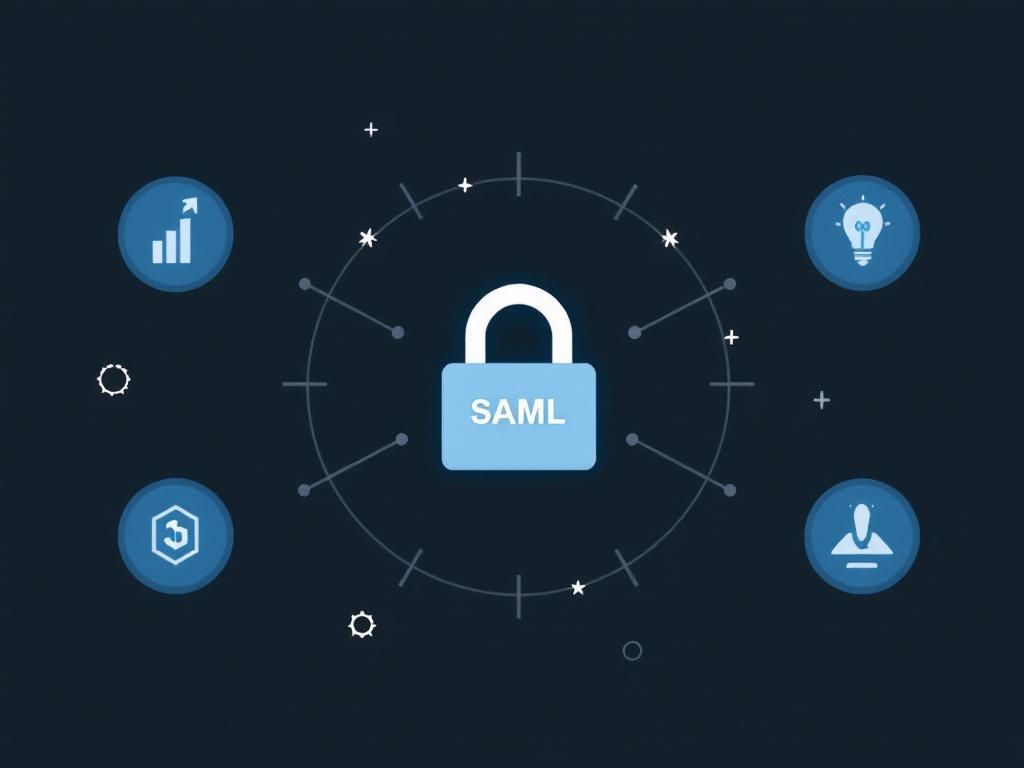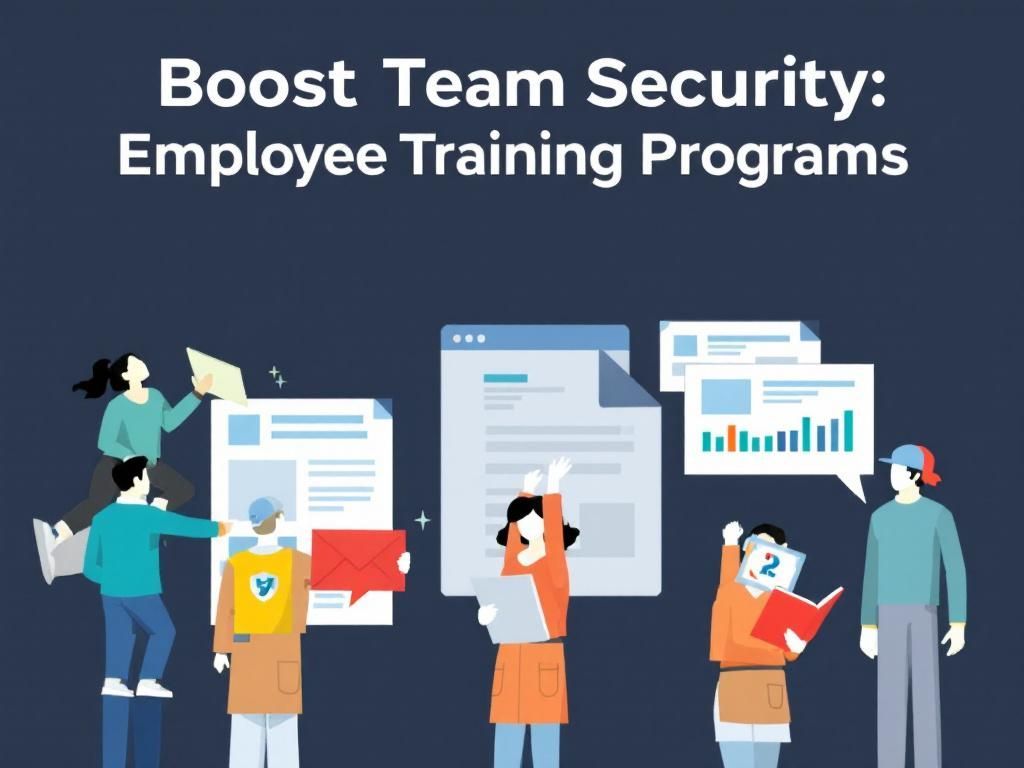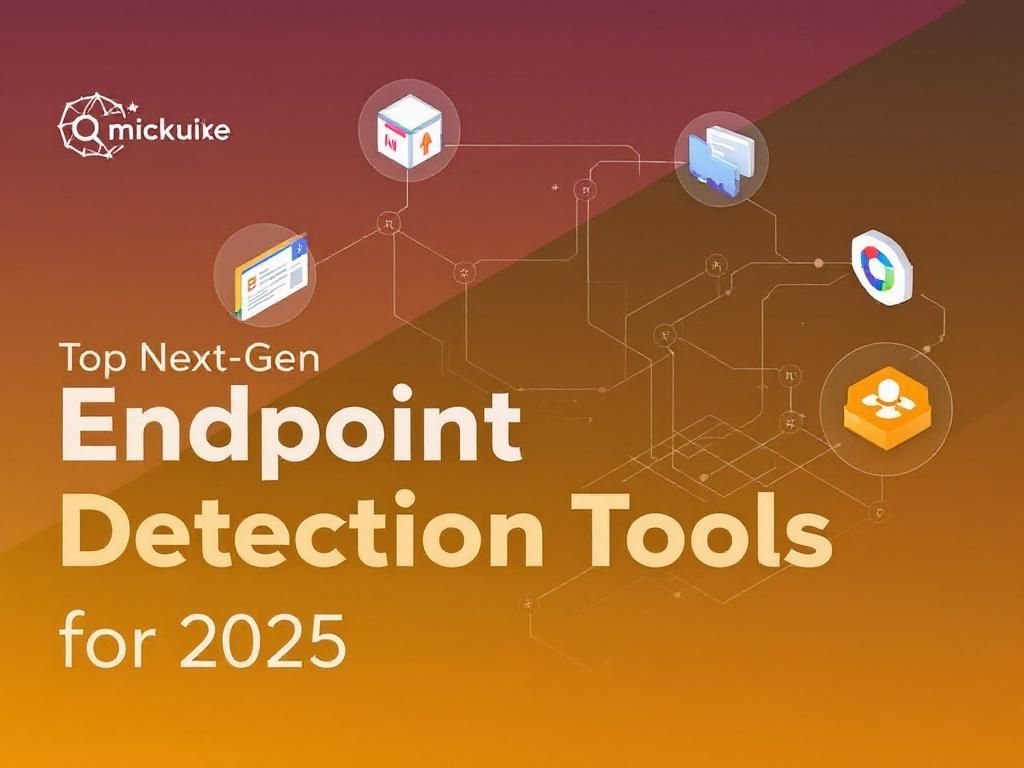Unlocking Next-Gen Endpoint Response Solutions
Discover innovative solutions for next-gen endpoint response to enhance security and efficiency in your organization.
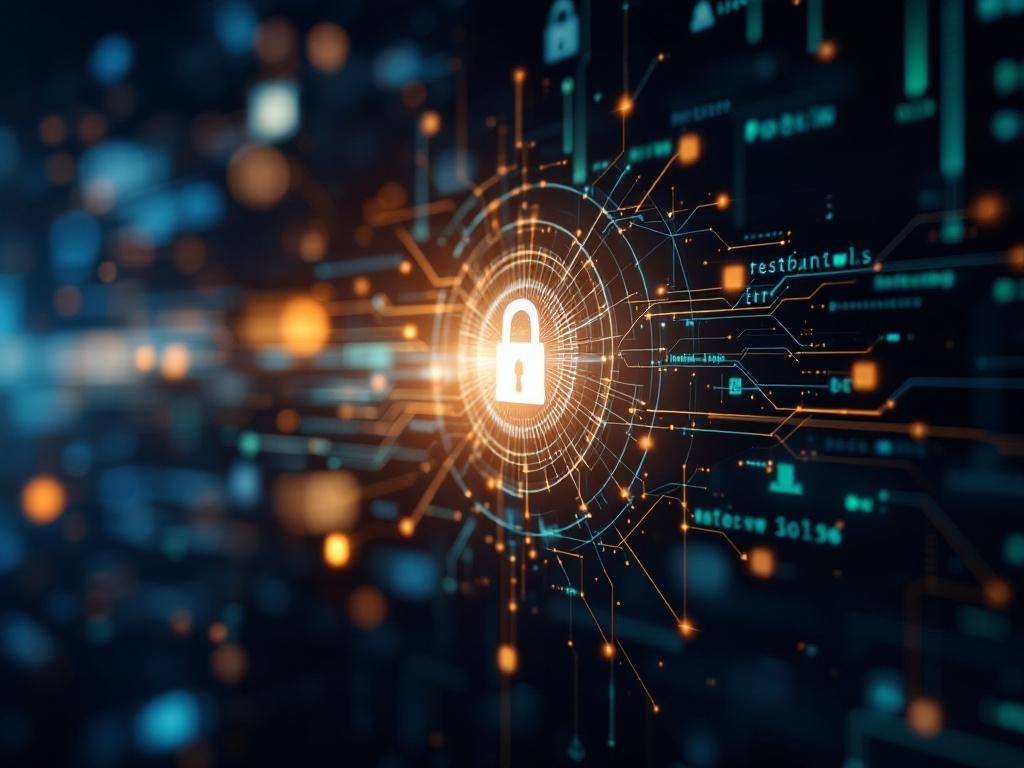
In a rapidly evolving digital landscape, organizations are increasingly challenged by sophisticated cyber threats. The need for robust security measures has never been more pressing, particularly in the realm of endpoint security. Next-generation endpoint response solutions are at the forefront of this battle, offering innovative tools and strategies to protect sensitive data and maintain operational integrity. This article delves into the intricacies of these solutions, examining their features, benefits, and implementation strategies.
Table of Contents
The Imperative of Endpoint Security
Endpoints, such as laptops, desktops, smartphones, and servers, serve as critical access points in any organization’s network. As remote work becomes the norm and cloud services gain traction, these endpoints are increasingly targeted by cybercriminals. Understanding the importance of endpoint security is crucial for any organization. Here are some key reasons:
- Increased Attack Surface: More devices mean more potential points of entry for cyber attackers.
- Data Breaches: Compromised endpoints can lead to severe data breaches, resulting in financial and reputational damage.
- Regulatory Compliance: Many industries are subject to regulations that mandate specific security measures to protect sensitive information.
Understanding Next-Generation Endpoint Response Solutions
Next-generation endpoint response solutions go beyond traditional antivirus measures, incorporating advanced technologies and strategies to detect, respond to, and mitigate threats in real-time. Here’s what sets them apart:
1. Behavioral Analysis
Unlike conventional systems that rely on known signatures, next-gen solutions utilize behavioral analysis to identify anomalies within endpoint activities. This allows them to catch zero-day attacks and sophisticated malware that evade traditional detection methods.
2. Automation and Orchestration
Automation plays a pivotal role in modern endpoint solutions. By automating responses to potential threats, organizations can reduce the time to contain incidents significantly. This is often facilitated through orchestration, where various security tools work together seamlessly.
3. Threat Intelligence
Integrating threat intelligence allows endpoint solutions to utilize real-world data about emerging threats, enhancing their readiness against potential attacks. This proactive approach helps organizations to stay one step ahead of cybercriminals.
Key Features of Next-Gen Endpoint Response Solutions
When evaluating endpoint response solutions, several key features should be prioritized:
| Feature | Description |
|---|---|
| Real-Time Monitoring | Continuous surveillance of endpoint activities to detect suspicious behavior immediately. |
| Incident Response | Automated and manual response capabilities to quickly address and mitigate threats. |
| Threat Hunting | Proactive searching for hidden threats within the network before they can cause damage. |
| Forensics and Reporting | Advanced analytics and reporting tools to understand breach origins and impacts. |
Benefits of Implementing Next-Gen Solutions
Implementing next-generation endpoint response solutions offers organizations a multitude of benefits:
- Enhanced Security: A multi-layered approach to security that covers various attack vectors.
- Reduced Response Time: Automation leads to faster containment of incidents, minimizing damage.
- Cost-Effectiveness: With proactive measures, organizations can avoid the high costs associated with data breaches.
- Improved Compliance: Better security practices result in easier adherence to regulatory standards.
Challenges in Deployment
While the advantages are compelling, deploying next-gen endpoint solutions is not without challenges:
1. Complexity of Integration
Integrating these advanced solutions with existing systems can be complex, requiring expert knowledge to ensure compatibility.
2. High Initial Costs
Although they can save money in the long run, the initial investment in next-gen solutions can be substantial.
3. Staffing Shortages
The cybersecurity industry faces a significant skills gap, making it hard for organizations to find qualified personnel to manage these advanced systems.
Steps to Successful Implementation
To overcome these challenges and successfully implement next-gen endpoint response solutions, organizations should follow these steps:
1. Assess Current Security Posture
Begin with a thorough assessment of existing security measures to identify weaknesses and gaps.
2. Define Clear Objectives
Establish what you want to achieve with the new system, such as reducing incident response times or improving threat detection rates.
3. Choose the Right Solution
Select a solution that aligns with your organizational needs, budget, and existing infrastructure.
4. Train Your Team
Ensure that your staff is adequately trained to use the new technology effectively and understands its capabilities.
5. Monitor and Adjust
After deployment, continuously monitor the solution’s performance and make necessary adjustments to optimize its effectiveness.
The Future of Endpoint Security
The landscape of cybersecurity is dynamic, and as threats evolve, so too must the solutions we use to combat them. Next-generation endpoint response solutions represent a significant step forward in this ongoing battle. As organizations strive to protect their data and systems, the focus will undoubtedly shift towards more integrated, intelligent, and automated security measures.
In conclusion, as cyber threats continue to grow in sophistication, investing in next-gen endpoint response solutions is not just wise—it’s essential. By understanding their features, benefits, and implementation strategies, organizations can position themselves to better defend against potential threats while fostering a secure work environment.
FAQ
What are next-gen endpoint response solutions?
Next-gen endpoint response solutions are advanced security tools designed to detect, analyze, and respond to threats on endpoint devices, utilizing machine learning and behavioral analysis.
How do next-gen endpoint response solutions improve cybersecurity?
These solutions enhance cybersecurity by providing real-time threat detection, automated response capabilities, and comprehensive visibility into endpoint activities, reducing the time to respond to incidents.
What features should I look for in next-gen endpoint response solutions?
Key features to look for include advanced threat detection, incident response automation, integration with existing security tools, and user-friendly dashboards for monitoring.
Are next-gen endpoint response solutions suitable for small businesses?
Yes, many next-gen endpoint response solutions are scalable and can be tailored to meet the specific needs of small businesses, offering robust protection without the complexity.
What is the difference between traditional and next-gen endpoint security?
Traditional endpoint security relies on signature-based detection, while next-gen solutions use advanced techniques such as behavioral analysis and machine learning to identify and mitigate threats.
How can I implement next-gen endpoint response solutions in my organization?
Implementing next-gen endpoint response solutions involves assessing your current security posture, selecting the right tools, training staff, and integrating the solutions into your existing IT infrastructure.

